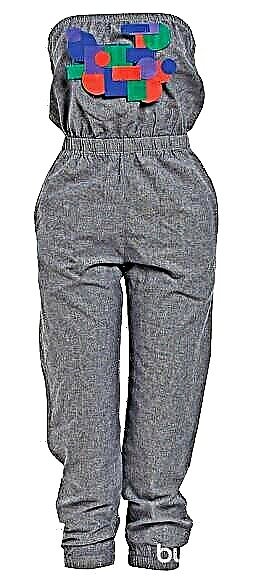Share
Pin
Tweet
Send
Share
Send
Lace is perhaps one of the most chic materials. Beautiful and refined products are made from it. When working with lace, special accuracy and accuracy are necessary.
Our forum member Tatyana (TA-TA) shared her own way of how to sew a lace skirt with one seam using a straight skirt pattern.
Cutting and sewing
• Lay the base fabric (the same lining) face up on the table.• On top of it - lace also face up.
• Often pin the lace to the base with pins, approximately 10x10 cm.
• Using the scallops (figure), determine the middle of the skirt. This is best done before buying lace. Directly in the store, lay out the lace and see how the scallops will fall, focusing on your measurements. After determining the middle of the future skirt, take a solid pattern (prepared in advance) and lay it on the lace. You will immediately see how the scallops will dock at the seam in the back.
• On the contours of the pattern with small stitches, lay all the lines of the pattern and darts.
• Remove the pattern, check if there are any “bubbles” of lace on the silk (skirt-lining base).
• Cut the skirt along the contours of the pattern with allowances of 1-1.5 cm.
• Sweep the tucks, preferably without lifting the fabric from the surface of the table (cutting location). And stitch.
• Sweep and stitch the zipper.
• Treat the incision with strips (oblique ini) of the main fabric, cut along an oblique width of about 3 cm.
• Do the skirt belt as provided for in a particular pattern - a classic belt, a trimmed hem, a slanting trim, etc.
How to handle the bottom of a lace skirt?
• The easiest way is to fold the lining base and sew it with hidden stitches manually.• You can process the base-lining on the overlock or with a narrow zigzag stitch on a typewriter according to the pattern of festoons (if the festoons on the lace are large enough).
• If the lace is thin, first glue the edge of the skirt with non-woven fabric, then lay a zigzag stitch according to the pattern of the festoons. Cut off the excess non-woven along the zigzag line so that it remains only under the seam.
Knowing their sizes, you can not use a paper pattern, but mark out all the lines of cut and darts with pins directly on the fabric.
If your lace is thin - embroidery on a grid, for example, then the pattern may “float” a little, that is, embroidery elements may not be located quite symmetrically in the canvas. Such things happen, oddly enough, only in expensive lace made on old looms. The discrepancy becomes noticeable only at the joints of the seams.
Article published on the materials of the forum "Sewing Wisdom" - "Sew a skirt." Thank you Tatyana (TA-TA) for the materials provided.Photo: burdastyle.ru
Material prepared by Julia Dekanova
Share
Pin
Tweet
Send
Share
Send










